HIDE CAPTION
- Try and try again
- The 65-year-old designer said his products are constantly tweaked; the initial design for his first vacuum cleaner had 5,127 changes before entering production. (Copyright: Getty)
Sir James Dyson tells BBC Future in an exclusive interview that his iconic redesigns – such as the world's first bagless vacuum cleaner – only succeed because of past failures.
Sir James Dyson changed the way the world vacuums the stairs.
Thirty years ago, Dyson’s imaginative reworking of the vacuum cleanerhelped him on the way to becoming a billionaire.
His insight was to do away with the bag found in traditional floor cleaners and replace it with a fast-spinning motor that creates a cyclone of air to suck the carpet clean.
But Sir James’s success did not come from out of the blue. His first invention was the ball barrow, a wheelbarrow which featured a single moulded wheel (or ball) made from moulded plastic, which he released in 1974.
The design for his bagless vacuum cleaner took shape after he noticed a giant cyclone used to get rid of wood dust in a sawmill. The long slow process to miniaturise the device to fit inside a vacuum cleaner took no less than 5,127 different tweaks and modifications between 1979 and 1984. His wife’s income helped keep the family afloat as the inventor’s idea was initially rejected by British retailers.
It was the Japanese who came to the rescue. The first models, sold only in Japan, were such a hit that Sir James had enough in royalties to set up a research facility and factory in Malmesbury, in the English county of Wiltshire, in 1993. By the mid-90s, the bagless cleaner was being hailed as a triumph, and his R&D facility is still there.
Dyson’s products didn’t always prove a success, however. For instance the CR01 washing machine (a machine which mimicked the actions of hand washing with two contra-rotating drums) ended up being discontinued because its production cost the company too much.
But seven years ago, Sir James took his expertise from vacuum cleaners to create a new successful redesign. The company created the Airblade hand dryer, designed to dry wet hands in less than 10 seconds with a narrow blast of cool air.
In February, Dyson launched a tap with a built-in hand dryer – theAirblade Tap – which is designed to stop the drip-drip-drip of wet hands from the bathroom sink to the dryer. Initially intended for use in restaurants, venues and hotels, Dyson eventually hope it will make the jump to homes as well.
Just days after the launch – and various trips around the world to promote it – Sir James spoke exclusively to BBC Future about the challenges of redesigning common objects.
Do you consider yourself a designer, engineer, inventor or businessman?
I consider myself a design engineer. At Dyson we don’t make a distinction between engineers and designers. Combined skills in creativity and theoretical practice make for the best new technological advancements. You can’t design something without considering how it works – it is one and the same thing. It has not always been this way.
You’ve talked about the “enormous fun” you had on projects such as Dyson’s washing machine, even though it didn’t prove to be a commercial success. Is that kind of attitude important?
In the development of a new technology I challenge my engineers to take a problem-solving approach. For the CR01 washing machine, the engineers explored a variety of ways to wash clothes, from using a microwave to simple hand washing. Hand washing came out on top, leading to the introduction of the counter-rotating drum. The counter rotation manipulated the fabric in much the same way as hand washing resulting in a quicker and more effective wash. That it was not necessarily a commercial success came secondary to the pursuit of solving the problem – that is what I really enjoy.
bbc.co.uk
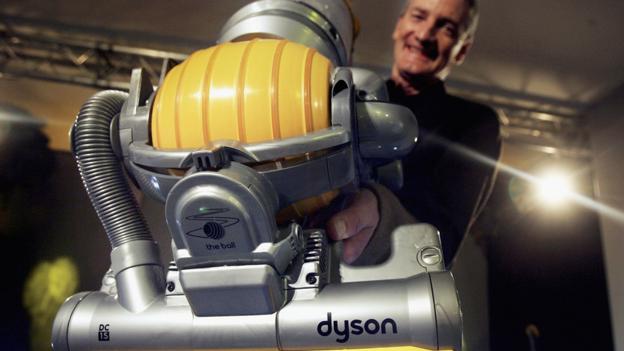
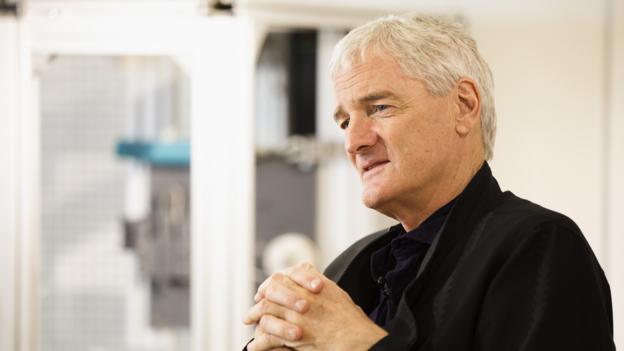

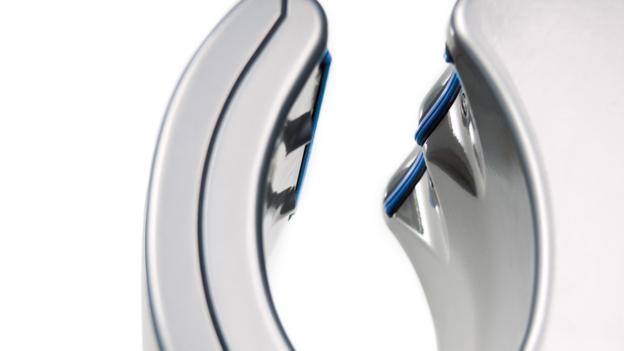
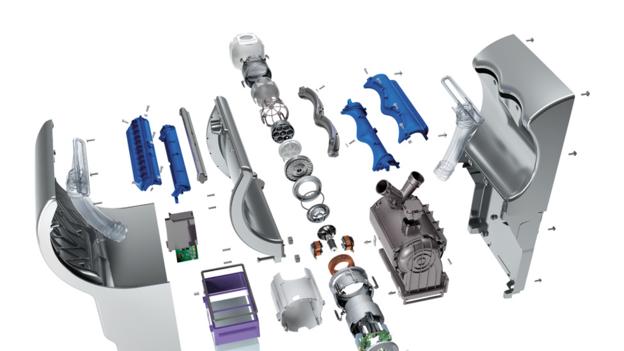
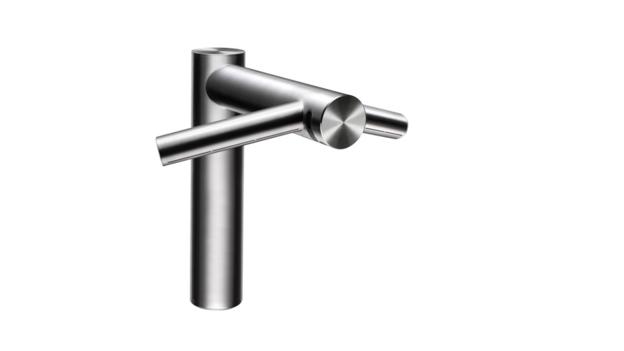












No comments:
Post a Comment